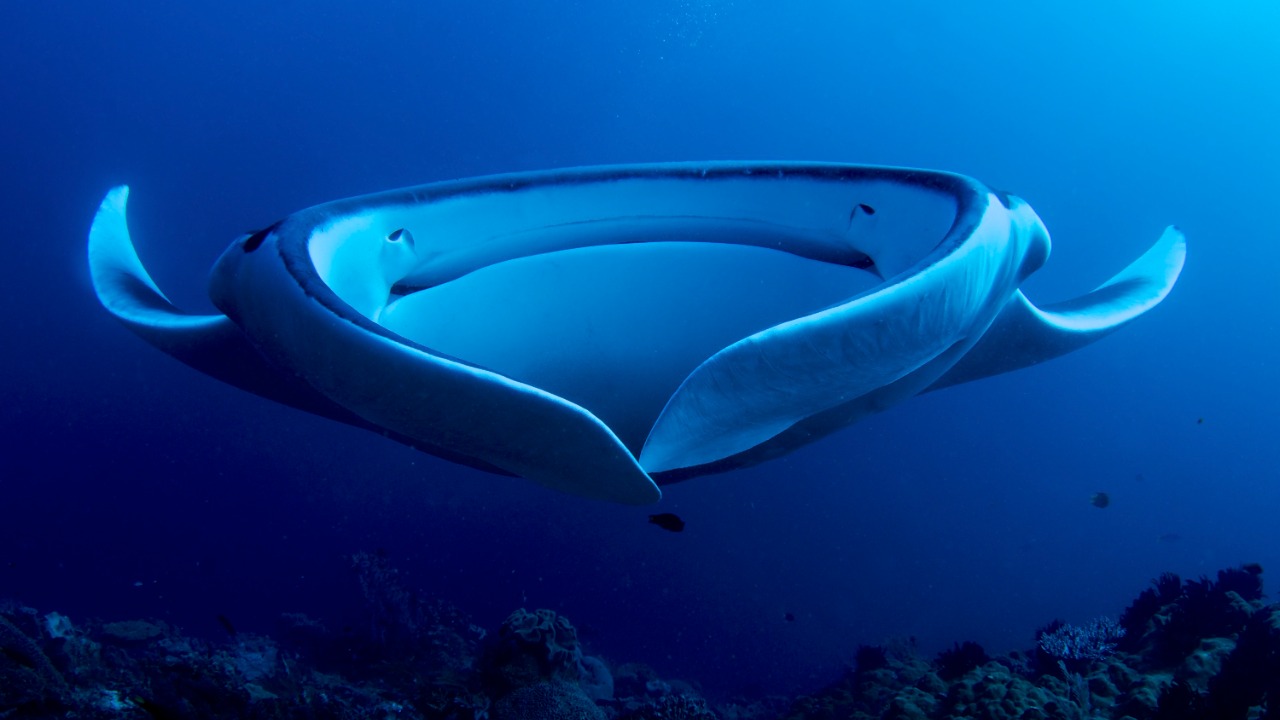
The world’s largest rays, giant manta rays (Mobula birostris), have been observed diving to extreme depths of up to 630 meters in the Eastern Pacific Ocean off Mexico’s Revillagigedo Archipelago. This behavior, potentially linked to the creation of cognitive maps of vast marine environments, challenges previous assumptions about manta ray habitat preferences and suggests advanced spatial navigation capabilities. These dives, lasting up to 3 hours and occurring at rates of 0.6 meters per second, were recorded using pop-off archival satellite tags on 18 individuals between 2018 and 2022.
Tracking the Depths: Methods and Findings
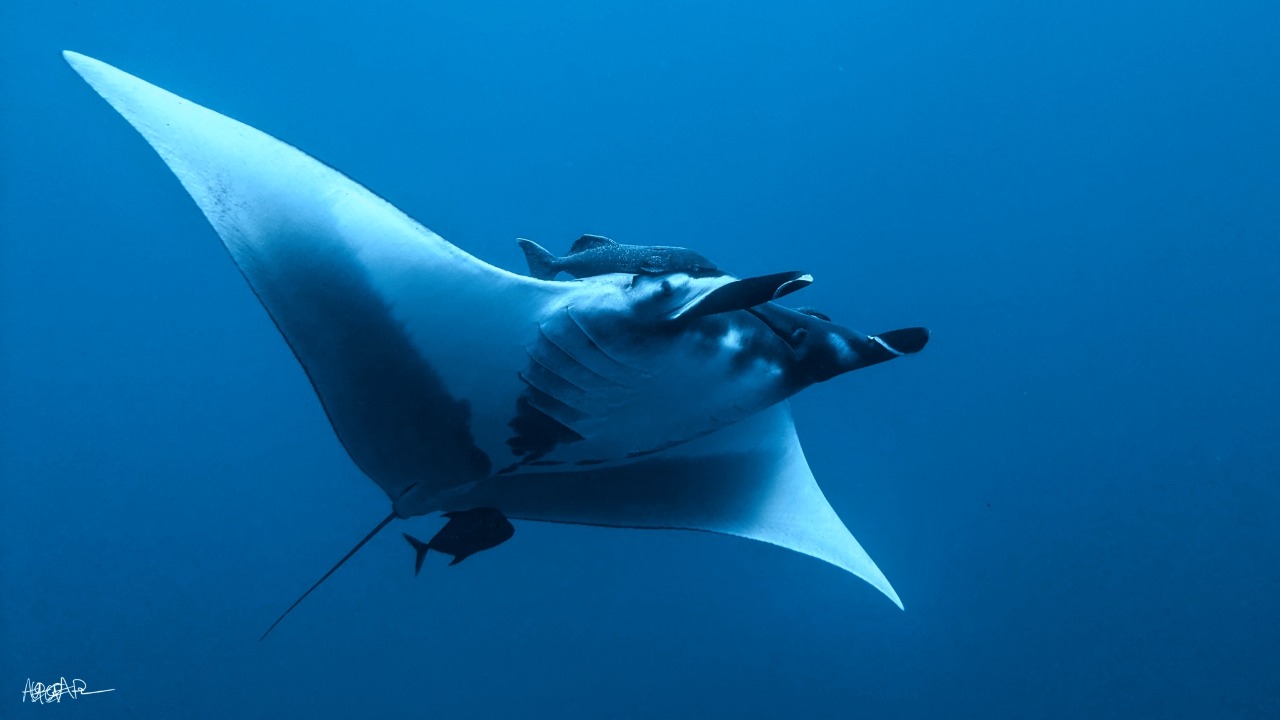
Researchers deployed pop-off archival satellite tags on 18 giant manta rays in the Revillagigedo Archipelago, recording dives to maximum depths of 630 meters. These tags provided valuable data on dive profiles, including duration and descent rates, offering unprecedented insights into the behavior of these majestic creatures in their natural habitat [source]. The environmental conditions during these dives were also recorded, with temperatures dropping to 8.5°C at depth, indicating the rays’ ability to tolerate low oxygen levels below the mixed layer [source].
Interestingly, the frequency of deep dives was quite high, with tagged rays performing them on 40% of tracked days. These dives often occurred in sequences that suggest exploratory patterns rather than foraging, further supporting the hypothesis of cognitive mapping [source].
Why Dive Deep? Hypotheses on Navigation
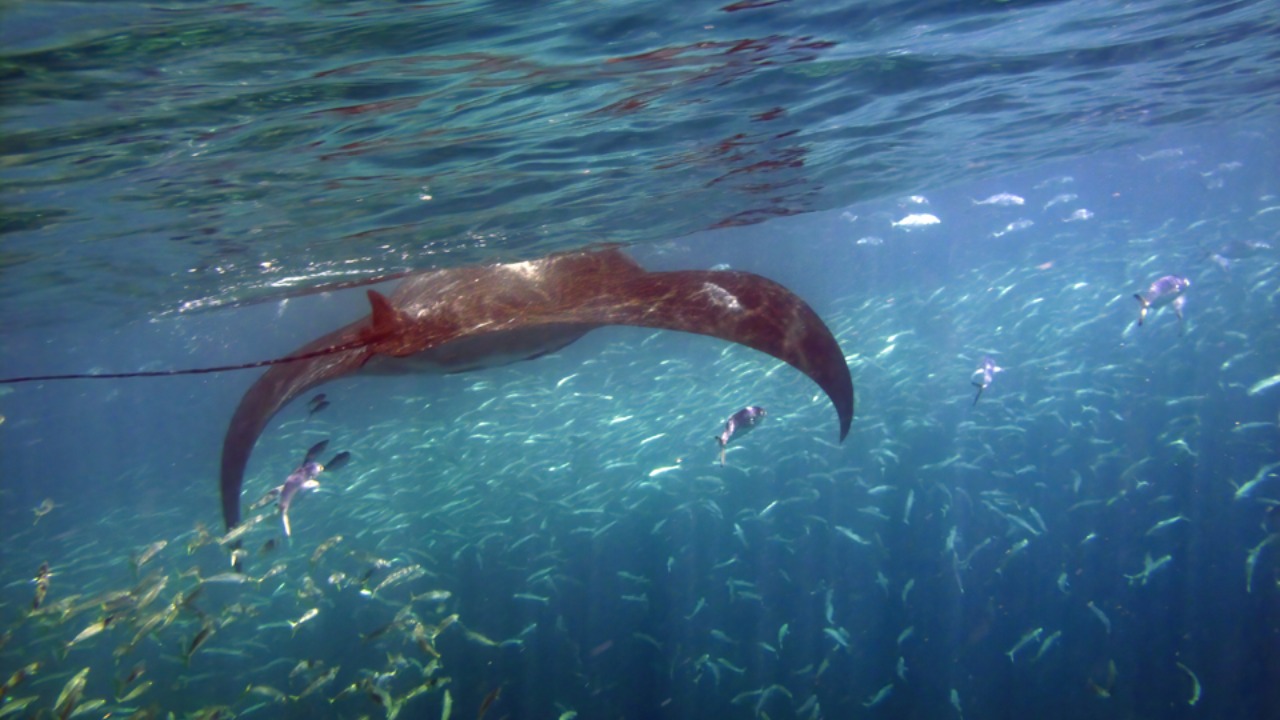
One theory suggests that these extreme dives allow manta rays to scan the ocean floor topography and water column features, thereby creating mental maps. This behavior is supported by comparisons to similar behaviors in other large marine vertebrates [source]. These dives may also help rays orient across open ocean expanses, with tag data showing repeated descents to consistent depth horizons potentially marking navigational landmarks [source].
While alternative explanations such as predator avoidance or thermoregulation have been considered, the lack of prey detection at depth points toward cognitive mapping as the primary driver of these deep dives [source].
Implications for Manta Ray Ecology and Conservation
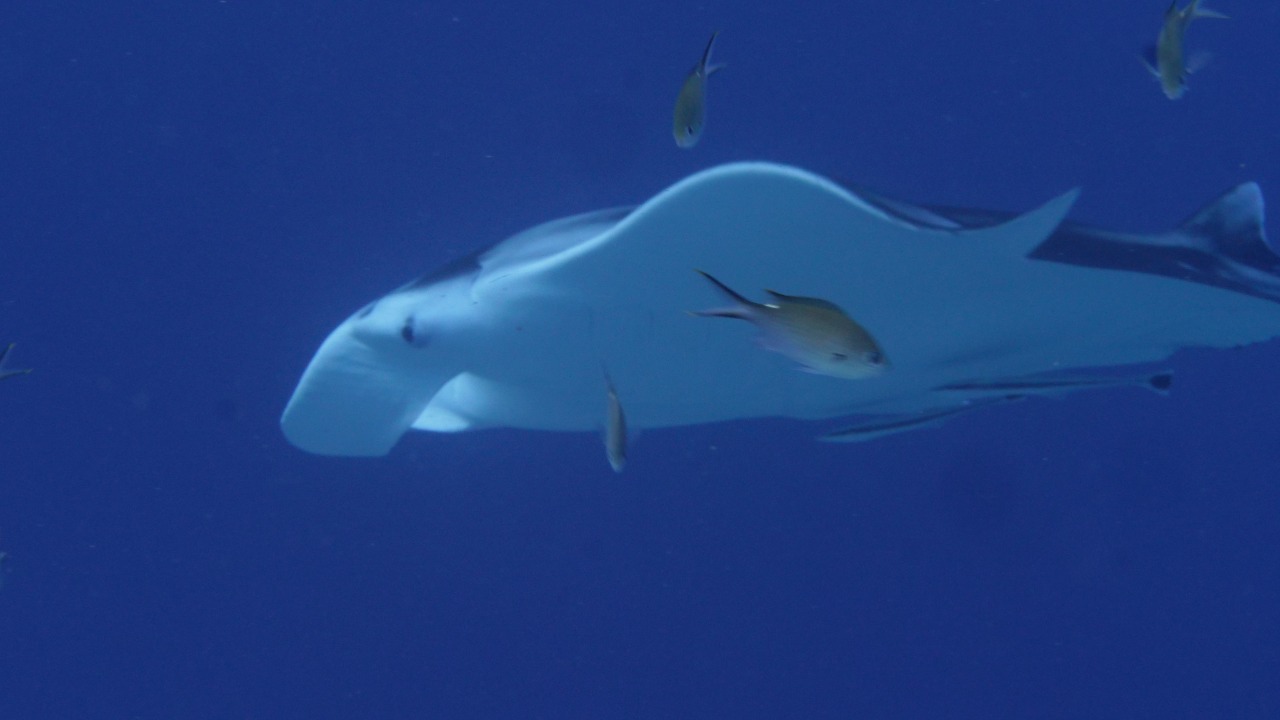
This deep-diving behavior expands the known habitat ranges for giant manta rays, influencing population connectivity models in the Eastern Pacific and beyond [source]. However, it also presents conservation challenges, including threats from deep-sea fishing gear entanglement. There is a need for protected areas that encompass mesophotic zones up to 630 meters to ensure the safety of these creatures [source].
Furthermore, the ability to create mental maps enables long-distance migrations that facilitate gene flow across ocean basins, highlighting the broader ecological roles of these rays [source].
Future Research Directions
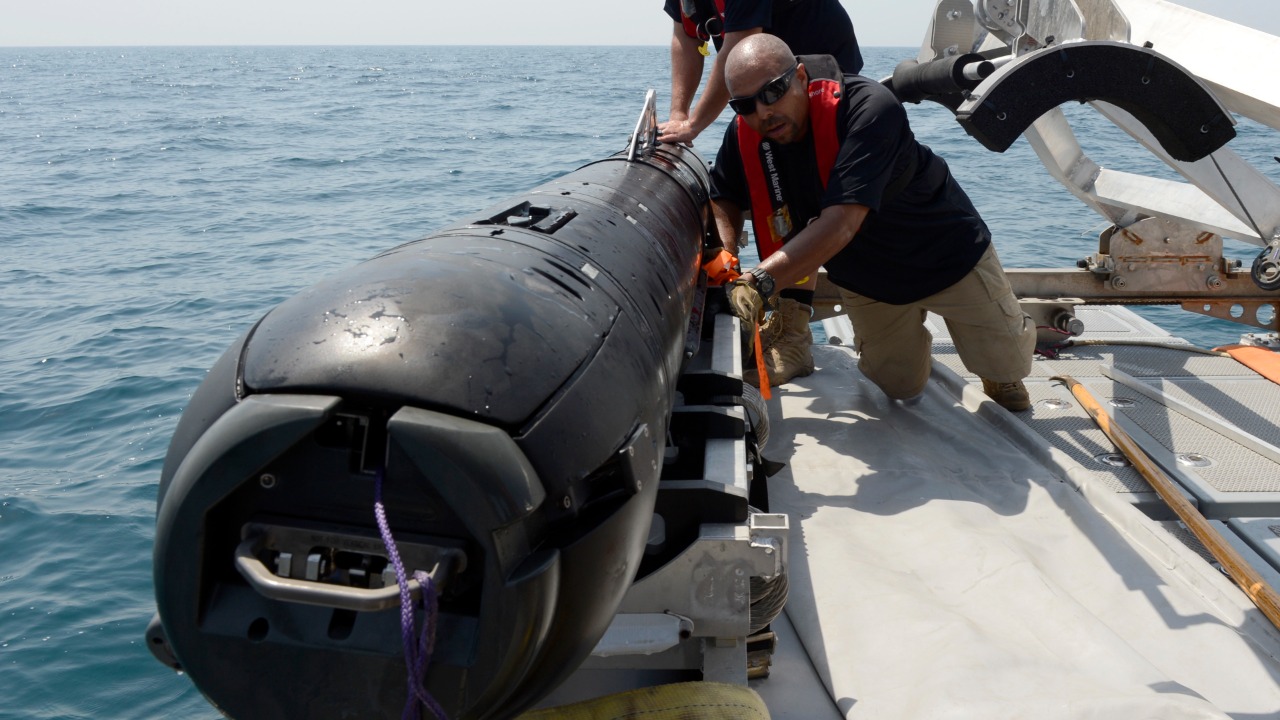
Advanced tagging technologies, like real-time acoustic tags, could further validate the mental mapping hypotheses by correlating dive paths with oceanographic features [source]. Comparative studies with other ray species could also be beneficial in determining if extreme diving is a unique trait to giant mantas or a shared trait for oceanic navigation [source].
Additionally, integrating dive data with genomic analysis could assess how physiological adaptations support cognitive behaviors in low-oxygen depths, providing further insights into the remarkable abilities of these creatures [source].